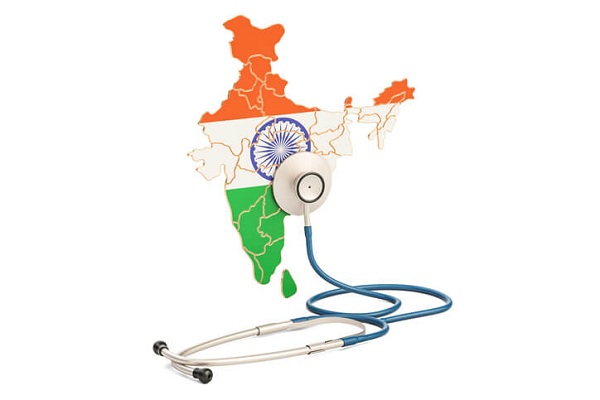On 31 December 2019, a cluster of pneumonia of unknown etiology was reported in Wuhan City, Hubei Province of China. On 9 January Chinese authorities reported in the media that the cause of this viral pneumonia was initially identified as a new type of coronavirus, which is different from any other human coronaviruses discovered so far. Coronaviruses are a large family of respiratory viruses that can cause diseases ranging from the common cold to the Middle-East Respiratory Syndrome and the Severe Acute Respiratory Syndrome (SARS).
The clinical signs and symptoms of the patients reported in this cluster are mainly fever, with a few patients having difficulty in breathing and chest radiographs showing bilateral lung infiltrates. Some cases were operating dealers or vendors in Huanan Seafood Market. From the currently available information, preliminary investigation suggests that there is no significant human-to-human transmission, and no infections among health care workers have occurred. More information is required to better understand the mode of transmission and clinical manifestation of this new virus. The source of this new virus is not yet known.
International travellers: practice usual precautions
While the cause of pneumonia seems to be a novel coronavirus, transmission potential and modes of transmission remain unclear. Therefore, it would be prudent to reduce the general risk of acute respiratory infections while travelling in or from affected areas (currently Wuhan City) by:
avoiding close contact with people suffering from acute respiratory infections;
frequent hand-washing, especially after direct contact with ill people or their environment;
avoiding close contact with live or dead farm or wild animals;
travellers with symptoms of acute respiratory infection should practice cough etiquette (maintain distance, cover coughs and sneezes with disposable tissues or clothing, and wash hands).
Health practitioners and public health authorities should provide to travellers information to reduce the general risk of acute respiratory infections, via travel health clinics, travel agencies, conveyance operators and at points of entry.
If a traveller on board of an aircraft/a ship has signs and symptoms indicative of acute respiratory infections, the model of Maritime declaration of health (Annex 8 of IHR) or the health part of the aircraft general declaration (Annex 9 of IHR) can be used to register the health information onboard and submit to POE health authorities when required by a State Party.
A passenger locator form can be used in the event of a sick traveller detected onboard a plane. This form is useful for collecting contact information for passengers and can be used for follow-up if necessary. Travellers should also be encouraged to self-report if they feel ill. The cabin crew should follow the operational procedures recommended by the International Air Transport Association (IATA) with regard to managing the suspected communicable disease on board an aircraft.
International traffic: no restrictions recommended
Wuhan city is a major domestic and international transport hub. Currently, there are no reports of cases outside of Wuhan City. Given the heavy population movements, expected to significantly increase during the Chinese New Year in the last week of January, the risk of cases being reported form elsewhere is increased.
WHO does not recommend any specific health measures for travellers. It is generally considered that entry screening offers little benefit, while requiring considerable resources. In case of symptoms suggestive to respiratory illness before, during or after travel, the travellers are encouraged to seek medical attention and share travel history with their health care provider. WHO advises against the application of any travel or trade restrictions on China based on the information currently available on this event.
As provided by the International Health Regulations (2005) (IHR), countries should ensure that:
routine measures, trained staff, appropriate space and stockpile of adequate equipment in place at points of entry for assessing and managing ill travellers detected before travel, onboard conveyances (such as planes and ships) and on arrival at points of entry;
procedures and means are in place for communicating information on ill travellers between conveyances and points of entry as well as between points of entry and national health authorities;
safe transportation of symptomatic travellers to hospitals or designated facilities for clinical assessment and treatment is organized;
a functional public health emergency contingency plan at points of entry in place to respond to public health events.
_edit.jpg)
 Who guideline on travelling to China
Who guideline on travelling to China









.jpeg)







.jpeg)

.jpg)










